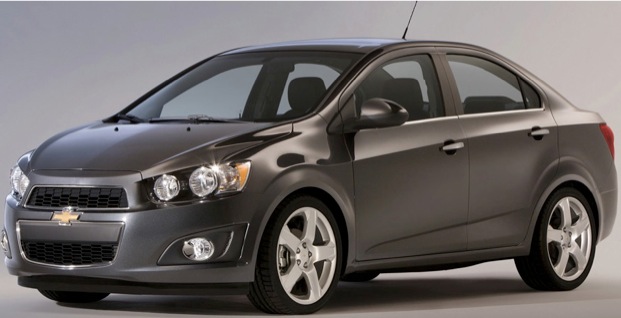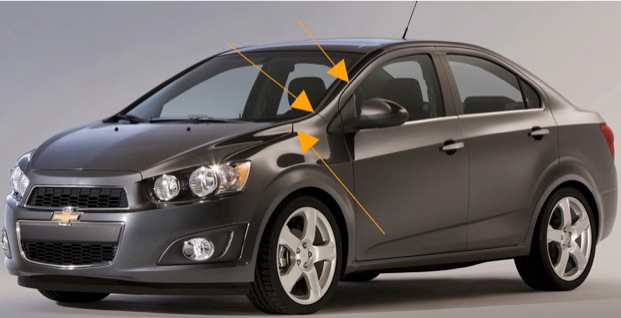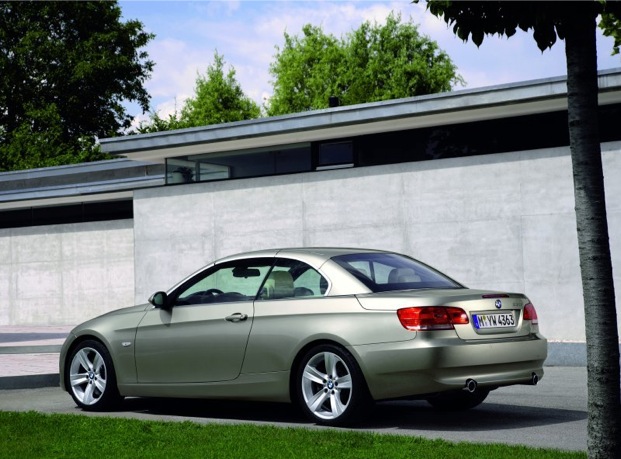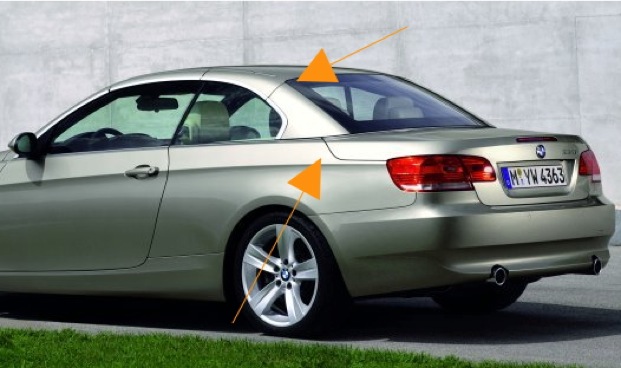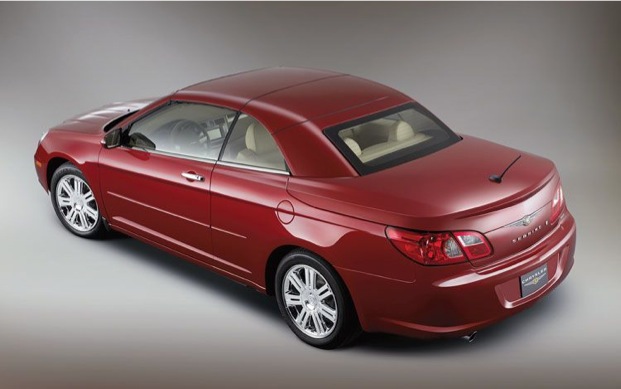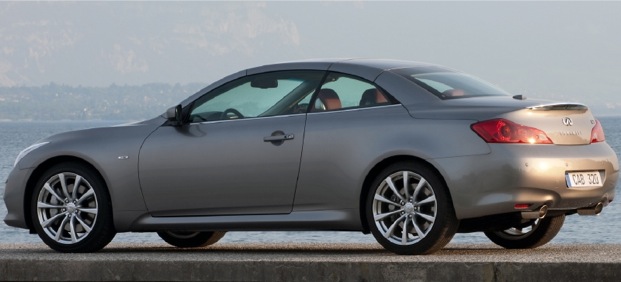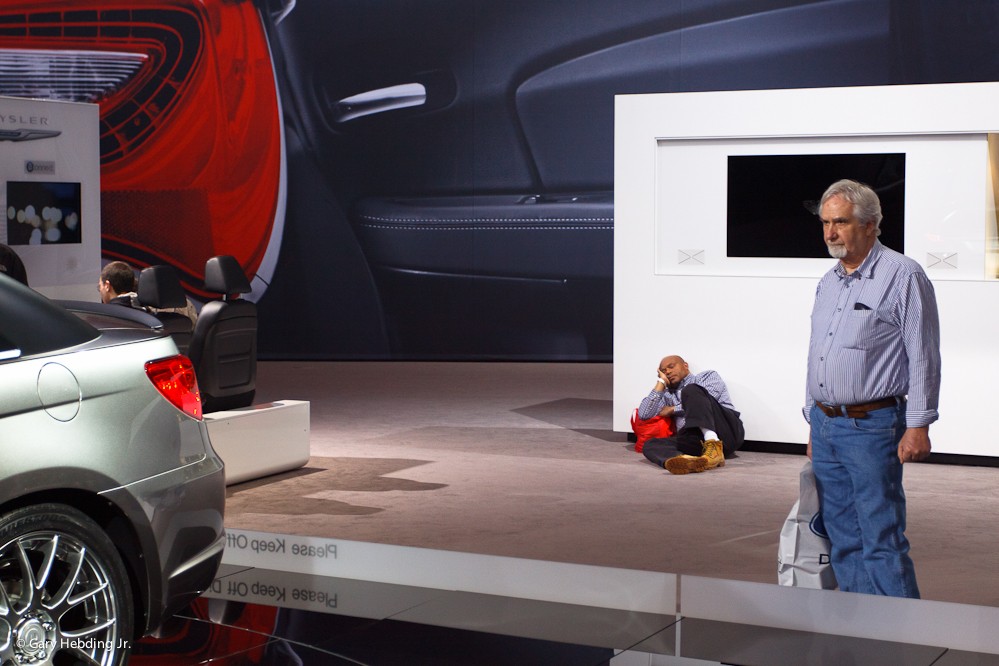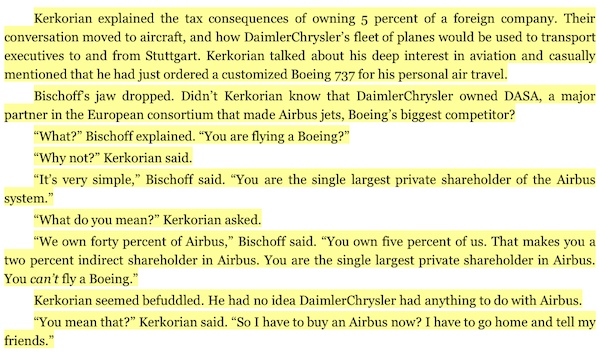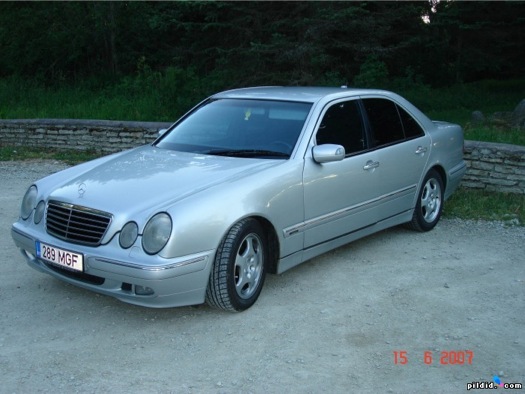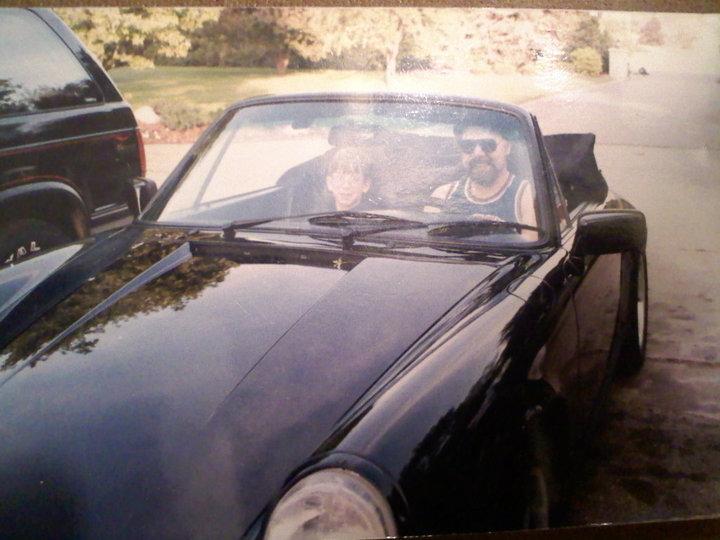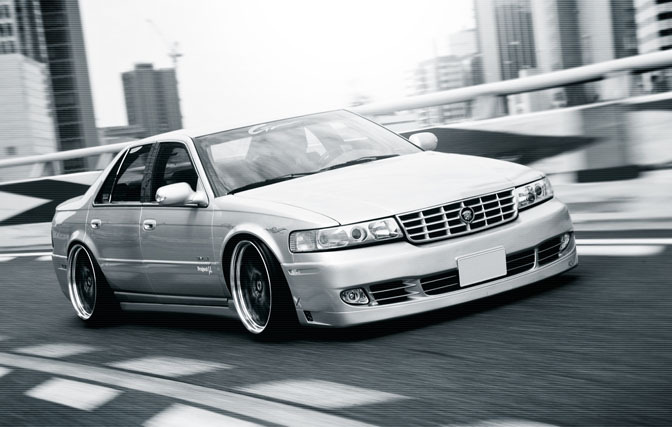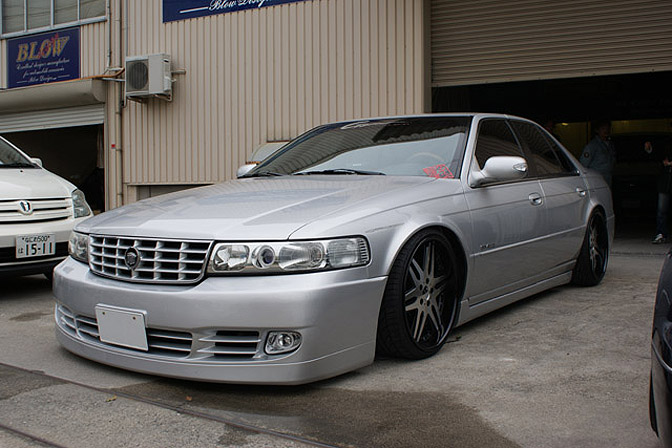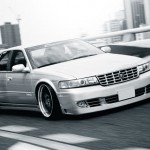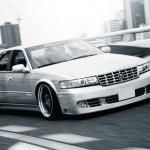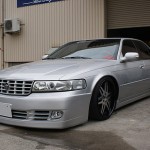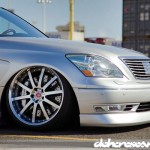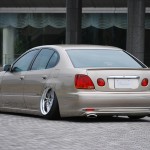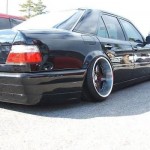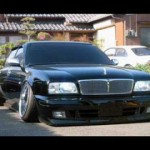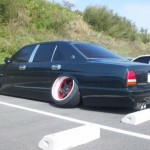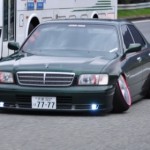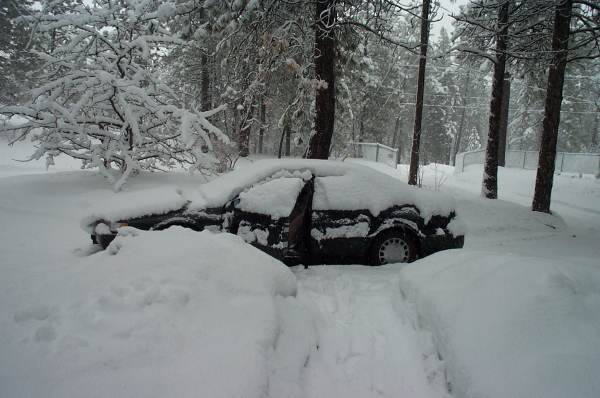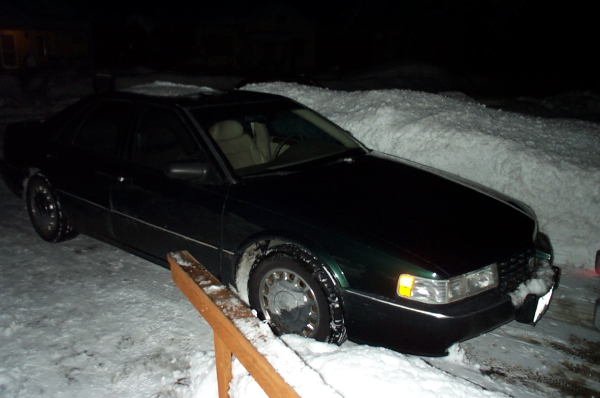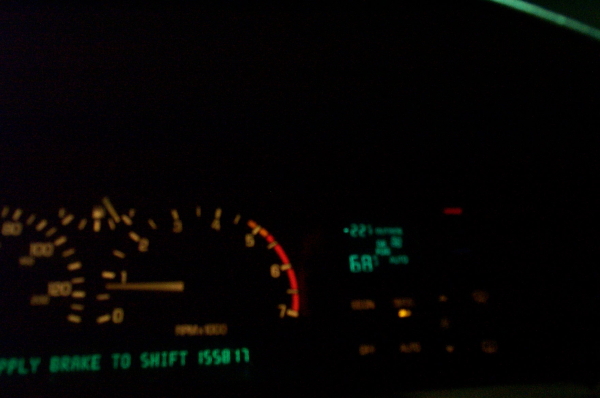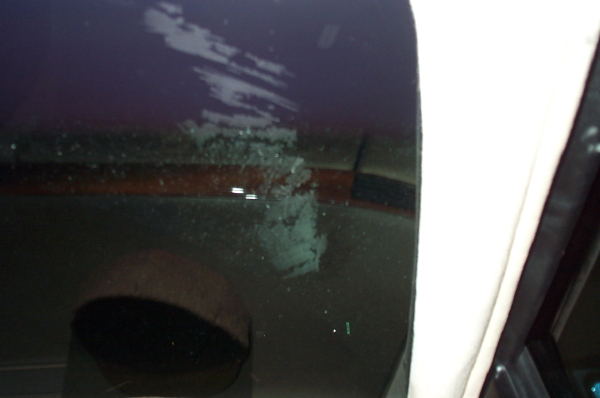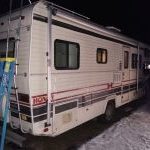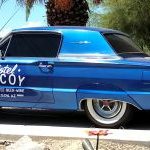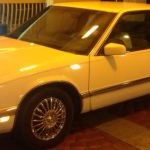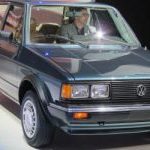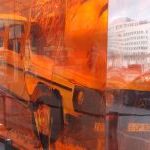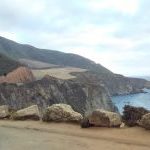In a clever move at capturing market share, Dodge (known now as its own brand, “Ram”), is offering a version of the 1500 pickup aimed at people who actually use their trucks for work. For a little over $23,000 including destination fees, the Tradesman comes with the rough-and-tumble basics of a work truck without having to settle for a V6.
The important bits:
- $22,720
- Standard 390hp Hemi V8
- 4×4 option
- 20mpg
By offering the 390hp Hemi in a budget-minded package, its a strong opportunity for Chrysler to steal market share away from Ford, GM, Nissan, and Toyota. Some say American trucks have become too civilized, too pampered as suburban cruisers rather than tools for skilled laborers and workers; I can’t disagree.
The basic version of the Nissan Titan also comes with a standard V8, Nissan’s durable 317hp VK56. However, pricing for the Titan King Cab S begins at $26,820.
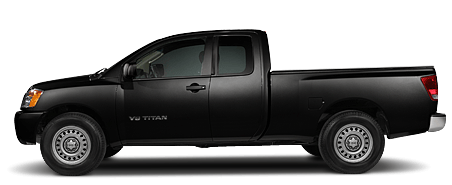
Above: Nissan Titan
I still haven’t warmed up to Ram being its own separate brand. Pictures of the Tradesman are after the press release.
The press release from Chrysler with the interesting bits in bold:——————————–
Ram Introduces New Tradesman Model
February 9, 2011 , Auburn Hills, Mich. – Ram Truck today announced a new trim package aimed at one of the pickup truck category’s largest traditional customer bases: the Ram Tradesman.
The Tradesman is a value-priced option package designed to meet the hard-working needs of small businessmen, construction jobsites and commercial fleets.
“The Ram Tradesman is named for — and aimed at — the heart of our business,” said Fred Diaz, President and CEO, Ram Truck Brand, Chrysler Group LLC. “This is a hard-working truck for hard-working people. Durability, reliability and value for the money are the top three considerations for our customers. Their truck is the most important tool they own and one they’ll use every day. The Ram Tradesman is a truck they can depend on.”
Ram Tradesman offers better performance for the price than other work trucks. For example, Ram Tradesman starts with the popular Ram 1500 ST trim package and adds useful features such as a standard HEMI engine with five-speed automatic transmission, which balances power with fuel efficiency. HEMI-equipped Ram 1500s are rated at 390 hp / 407 ft.-lb. torque and 20 mpg highway (4×2).
Also included in the Tradesman package is a standard Class IV trailer hitch with lighted, above-bumper four- and seven-pin trailer wire connectors. Tradesman also features heavy-duty engine cooling and a heavy-duty transmission oil cooler. Properly equipped Tradesman models provide best-in-class standard work truck capability, towing 10,450 lbs.
Ram 1500 Tradesman is equipped with durable, good-looking 17-inch full-face painted steel wheels exclusive to the Tradesman.
All Ram 1500 models, including the Tradesman, feature segment-exclusive multi-link rear coil suspension that provides best-in-class ride and handling qualities. A coil-spring setup centralizes and absorbs bumps and impacts, while reducing the amount of friction in the spring system. This setup also weighs 40 pounds less than a leaf-spring configuration.
Ram Tradesman is available in either regular cab short-bed (6 ft., 4 in.) and long-bed (8 ft.) models, with a choice of 4×2 or 4×4 powertrains.
Buyers can choose vinyl or cloth 40/20/40 split bench seats in dark slate and medium graystone, and either carpeted or vinyl flooring.
Other standard equipment includes 160-amp alternator, 17-inch steel spare wheel and full-size spare tire, 26-gallon (6-ft, 4-in. bed) or 32-gallon (8-ft. bed) fuel tank, 3.55 rear axle ratio, 700-amp maintenance-free battery, bright chrome grille, cargo bed lamp, front and rear heavy-duty shock absorbers, front and rear stabilizer bars, halogen headlamps, locking tailgate, rear wheel well liners, rack and pinion steering, rear dome lamp and sentry key theft-deterrent system.
Standard interior features include air conditioning, a 12-volt auxiliary power outlet, media center with CD and MP3 player, six speakers, audio jack for mobile devices, automatic headlamps, behind the seat storage, driver and passenger assist handles, instrument panel with tachometer, tilt steering wheel , tinted glass, variable intermittent windshield wipers.
Standard safety features include advanced multistage front air bags, supplemental side airbags and front curtain, electronic stability control, anti-lock four-wheel disc brakes, front height-adjust shoulder belts and tire-pressure monitoring.
Ram Tradesman is available in bright silver metallic, bright white, brilliant black crystal pearl, deep cherry red crystal pearl, deep water blue pearl, flame red, hunter green pearl, mineral gray metallic, rugged brown pearl or white gold metallic paint.
A long list of options is available for the Tradesman including 3.21 and 3.92 rear axle ratios, anti-spin differential, chrome exhaust tip, bright chrome front and rear bumpers, heated mirrors, power door locks, power windows, remote keyless entry, engine block heater, folding trailer-tow mirrors with courtesy lamps and supplemental signals, rubber floor mats, Mopar chrome side steps and bed rails, a rear sliding window, spray-in bedliner, Sirius satellite radio, Uconnect voice command with Bluetooth, remote USB port, auto-dimming rear-view mirror, tow hooks, cruise control, tire pressure monitor, vehicle information center and trailer brake controller.
Ram Tradesman is also available with rugged Goodyear Wrangler all-terrain tires to resist punctures and improve off-road traction.
Ram Trucks come with an unsurpassed 5-year, 100,000-mile powertrain warranty. Truck customers – from half-ton to commercial – have a demanding range of needs and require their vehicles to provide high levels of capability. With their proven powertrains, proven chassis, low-cost of ownership, Ram Trucks are engineered for maximum productivity and “uptime.” Ram 1500, 2500, 3500 pickups and chassis cabs are designed to deliver a total package for commercial customers.
Ram Tradesman pricing starts at $22,780, including $975 destination charge. Tradesman will go on sale in the second quarter 2011.
————————————————
Its a bargain brand new, but for those of us who buy used, this could be the truck deal of the century.
